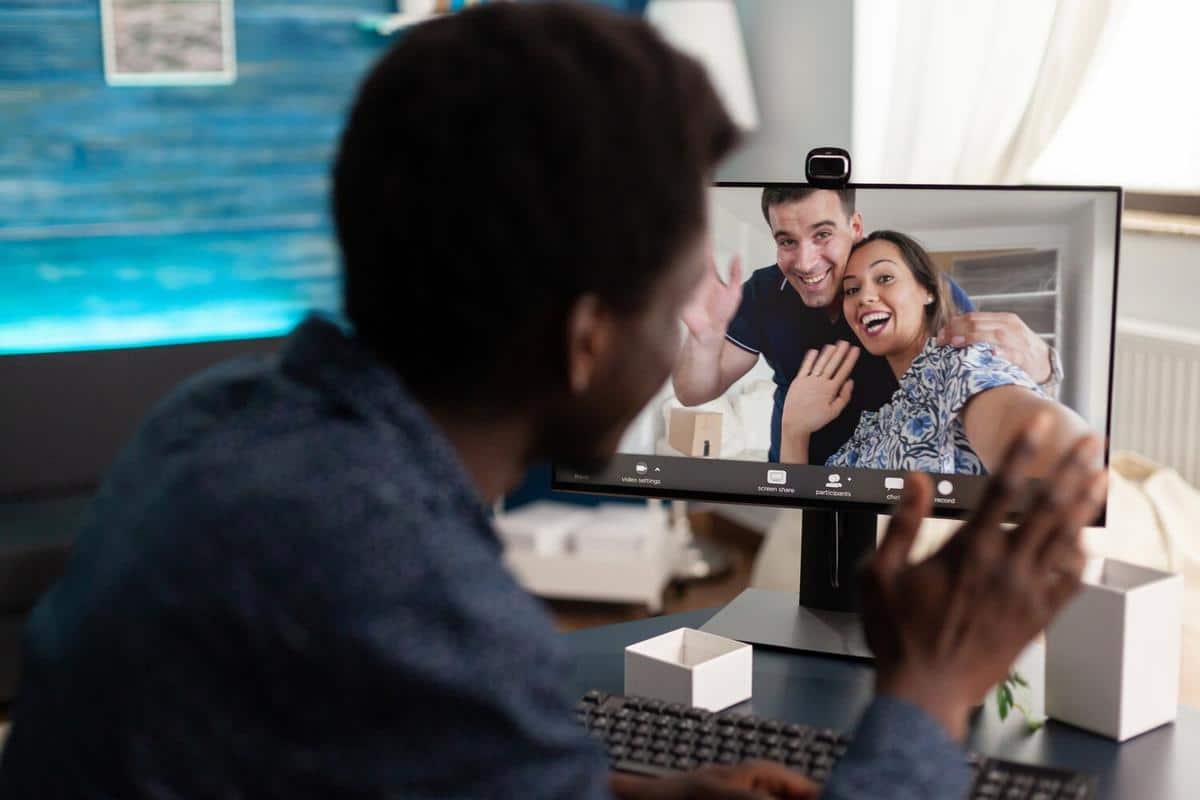
Live Streaming Tips for Photographers and Videographers
Live streaming has become an essential tool for photographers and videographers seeking to engage with their audience in real-time. Whether you’re showcasing your latest project or hosting a live tutorial, mastering the art of live streaming can significantly enhance your online presence and connect you with your followers in a more personal way.
As a photographer or videographer, the ability to share your work live can be a game-changer. According to recent statistics, live streaming saw a 99% year-over-year increase in hours watched in 2020, indicating its growing importance in content creation. To dive deeper into this trend, we spoke with several industry professionals who shared their insights on creating compelling live streams.
Understanding Your Platform
Choosing the right platform is crucial. Platforms like YouTube, Facebook, and Instagram each have unique features and audiences. Understanding these differences can help tailor your content appropriately. For instance, YouTube is renowned for longer, in-depth content, while Instagram is ideal for shorter, more spontaneous live sessions.
Preparing Your Equipment
Investing in quality equipment can make a significant difference in your live stream’s production value. Consider using a high-resolution camera, a reliable tripod, and clear audio equipment. In a recent survey, 63% of consumers ranked audio quality as more important than video quality.
Engaging with Your Audience
Interaction is key to a successful live stream. Encourage viewers to ask questions or give feedback during your session. This not only increases engagement but also provides you with real-time insights into what your audience values most.
Creating a Narrative
Storytelling is a powerful tool in live streaming. Whether you’re sharing the creative process behind a photoshoot or the challenges of capturing a perfect shot, weaving a narrative keeps your audience engaged and invested in your content.
Measuring Your Success
After your live session, analyze the performance metrics. This includes the number of viewers, engagement rates, and comments. Platforms typically offer analytics tools to help you understand what’s working and where improvements can be made.
| Platform | Key Feature | Ideal Content |
|---|---|---|
| YouTube | Longer Video Duration | Tutorials, Interviews |
| Wide Audience Reach | Events, Q&A Sessions | |
| Real-Time Interaction | Behind-the-Scenes, Quick Updates | |
| Twitch | Gaming Focus | Creative Processes, Tutorials |
| Zoom | Professional Meetings | Workshops, Webinars |
| Short and Sweet | Announcements, Quick Tips | |
| TikTok | Short-Form Video | Trends, Quick Demos |
| Professional Network | Industry Insights, Interviews |
Frequently Asked Questions
How do I choose the best time to go live?
Research when your audience is most active online. This can vary depending on your platform and audience demographics.
What should I do if I encounter technical difficulties during a live stream?
Have a backup plan in place, such as a pre-recorded video, and notify your audience about the issue promptly.
In conclusion, live streaming offers photographers and videographers a unique opportunity to connect with their audience authentically. By understanding the nuances of different platforms, preparing your equipment, and engaging with your viewers, you can create impactful live sessions that resonate with your audience. Embrace the potential of live streaming and watch your content reach new heights.


